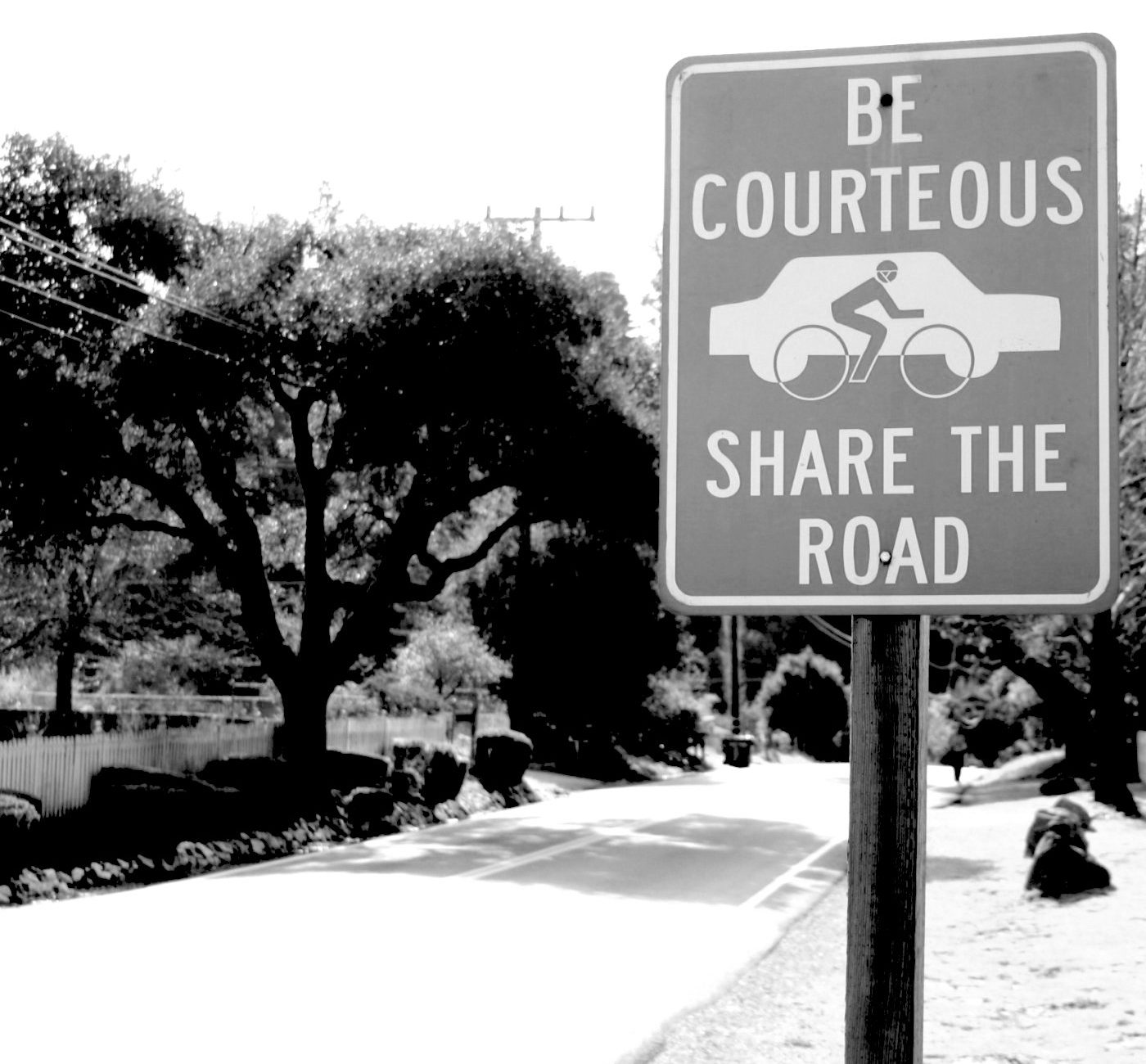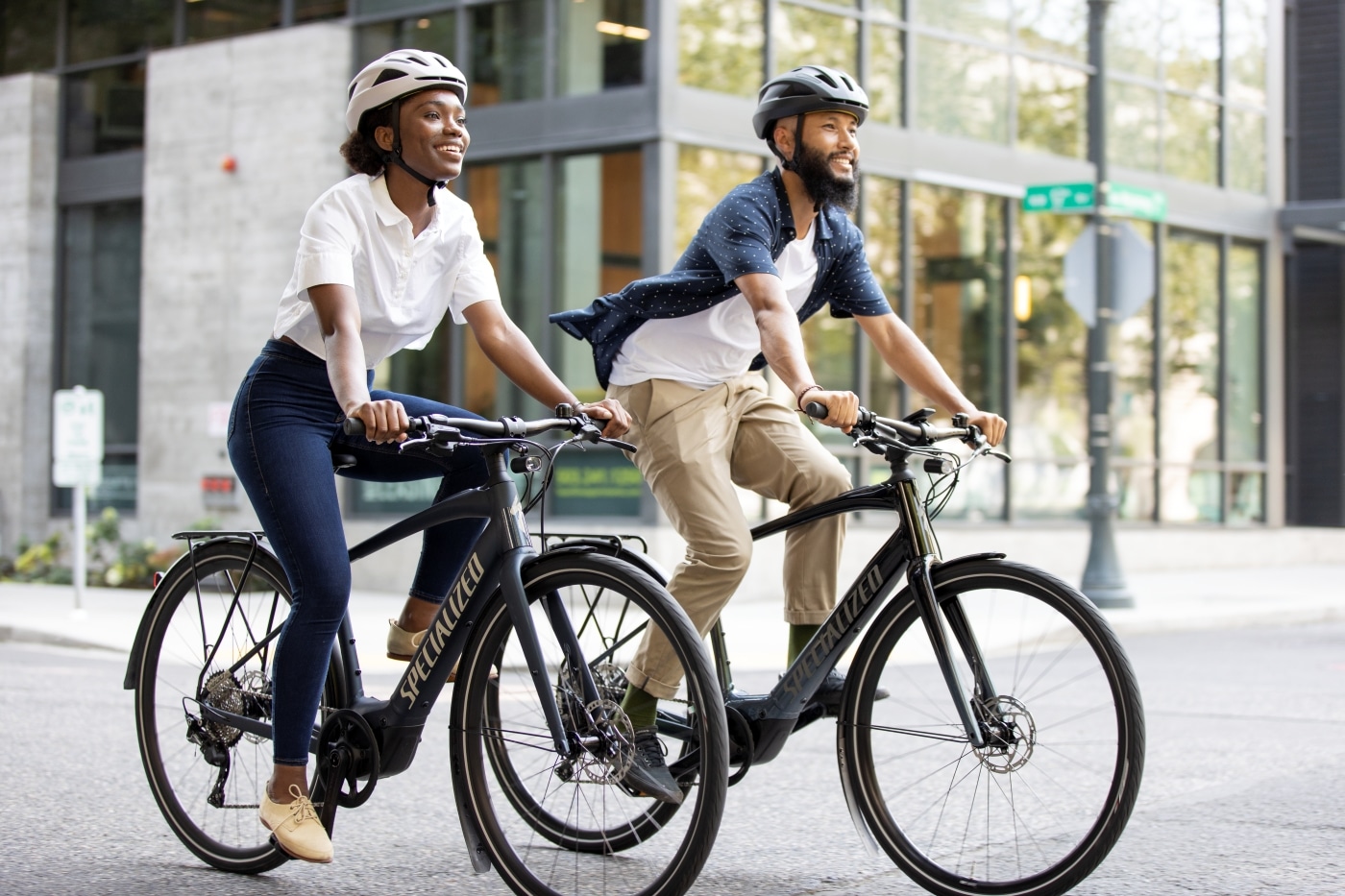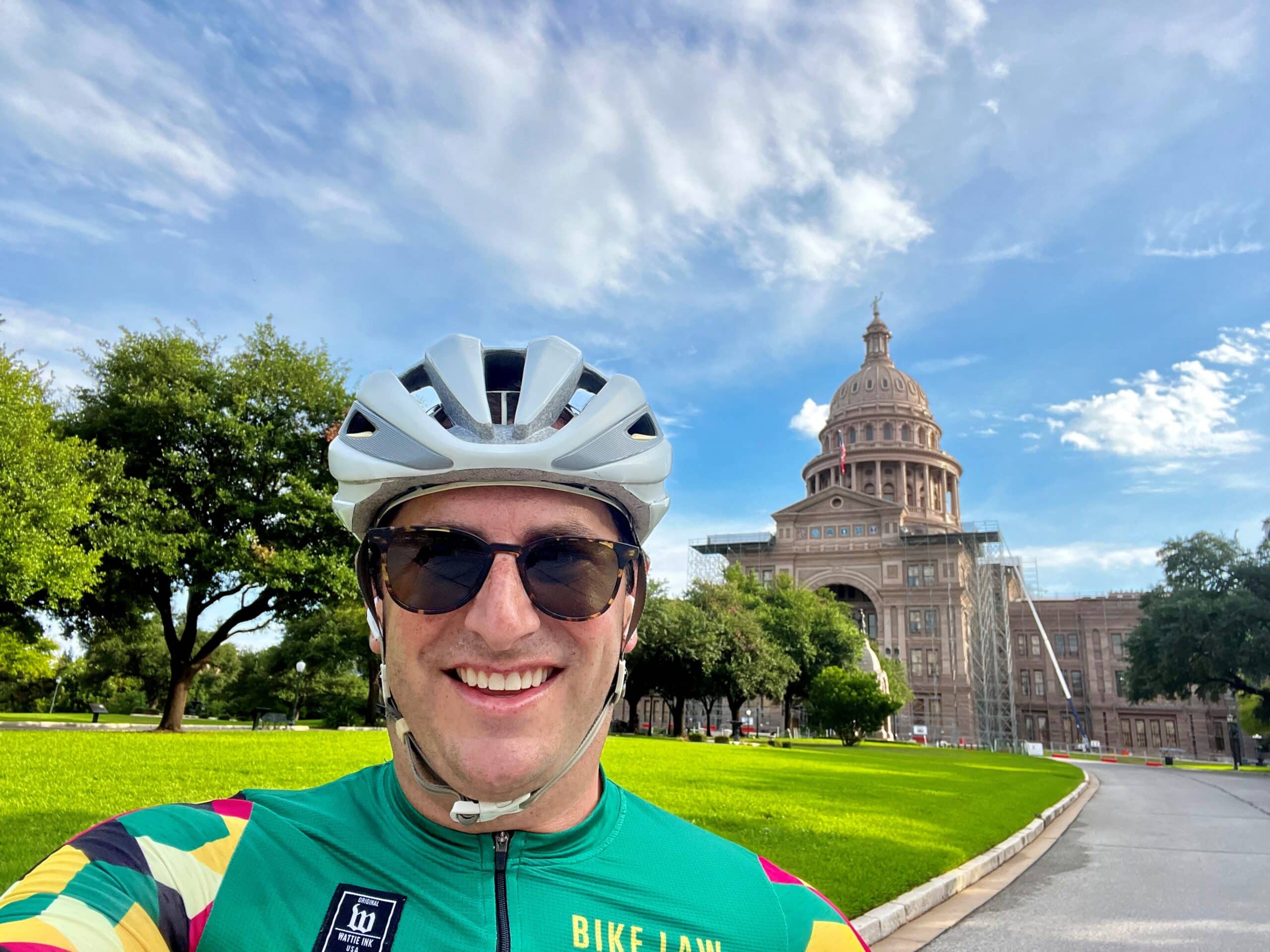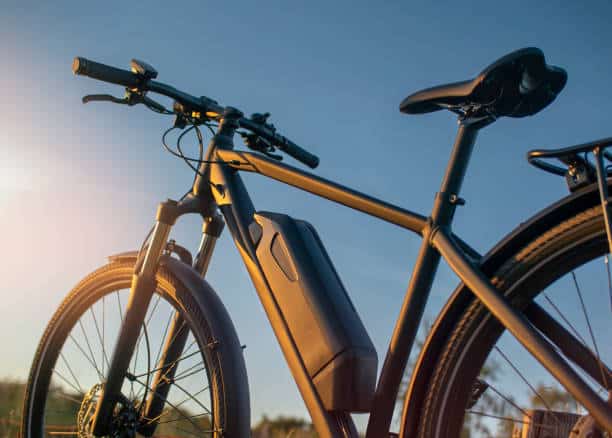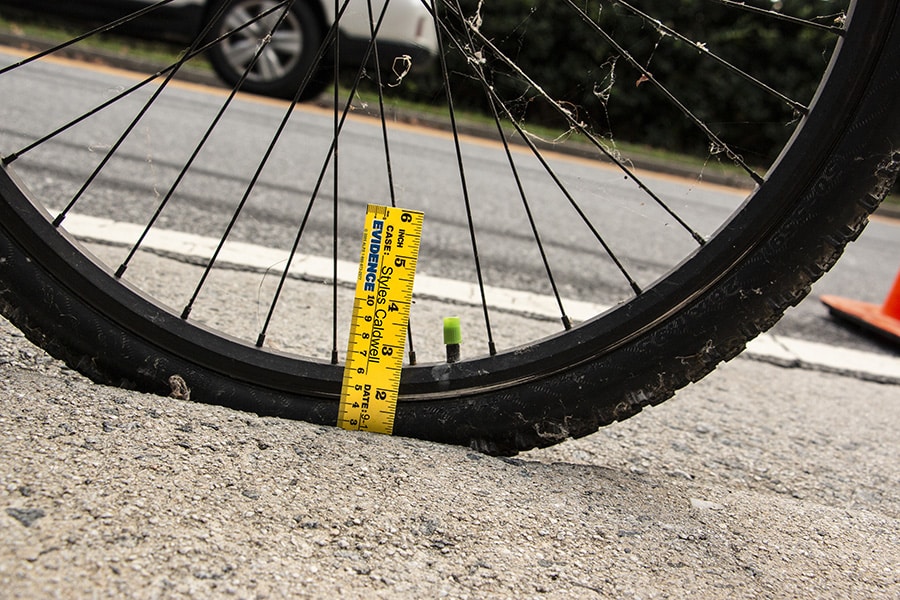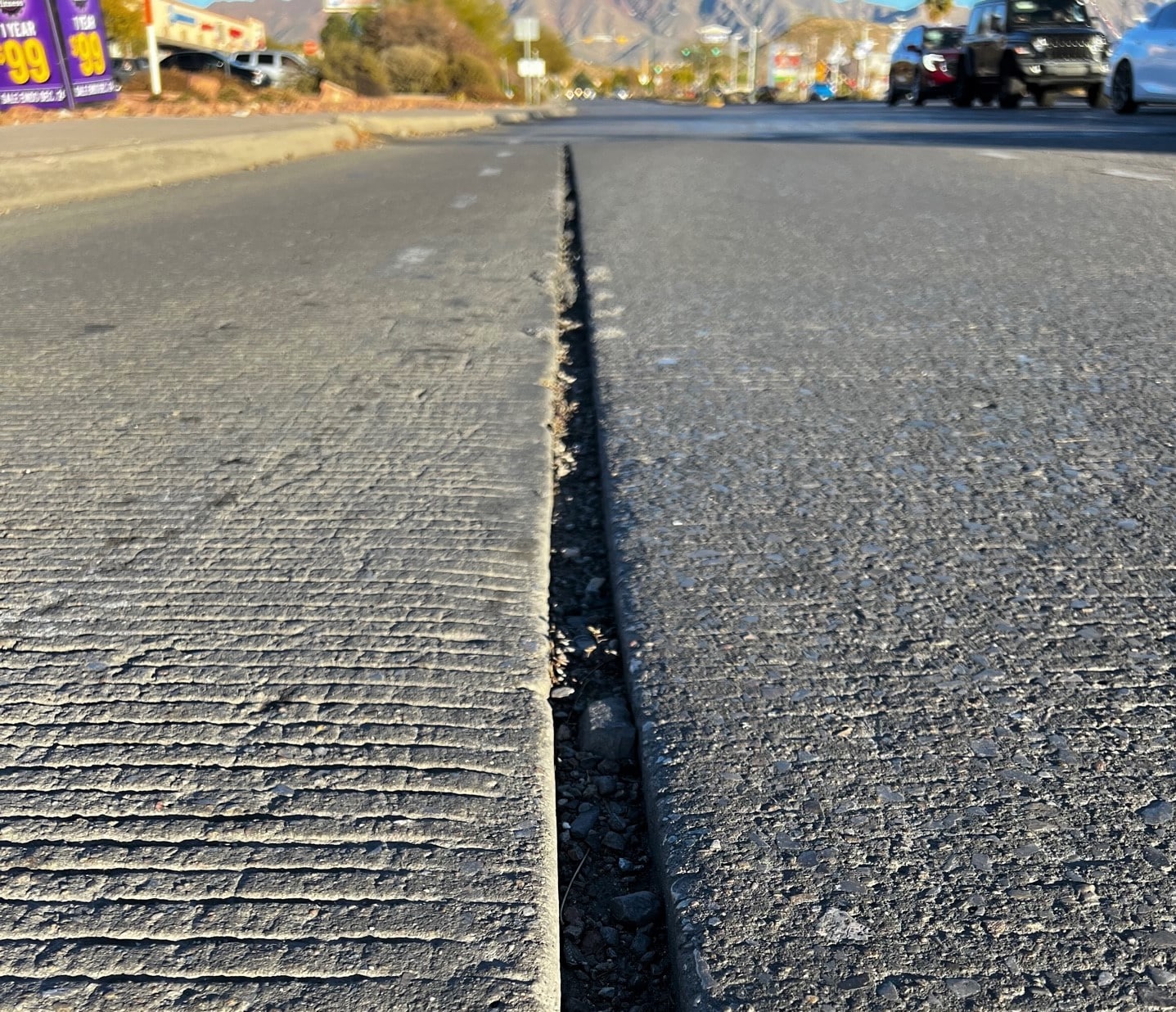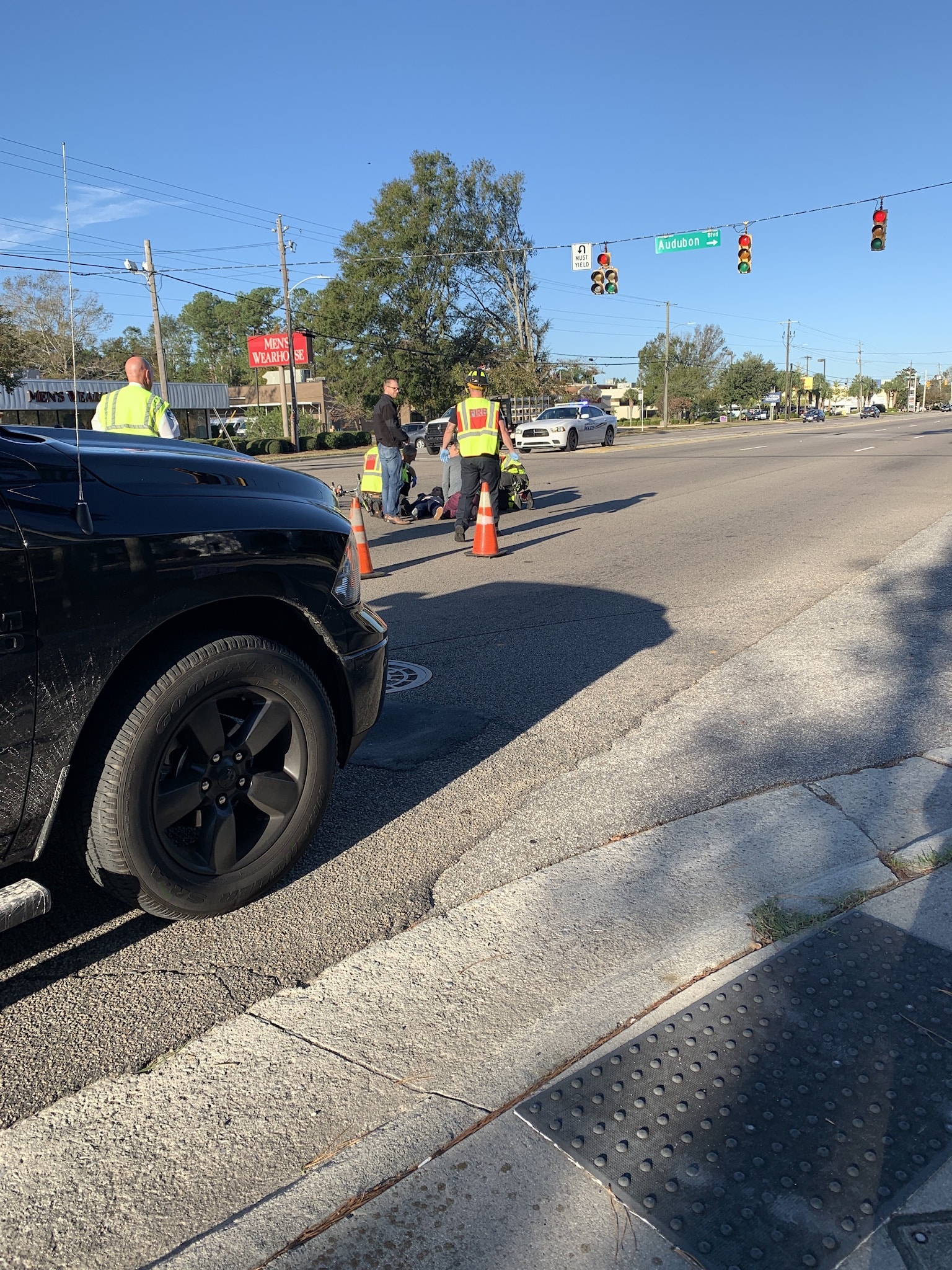In every car versus bike collision, it is the same loser every time: the bicyclist.
In a well-meaning effort to reduce such collisions, a number of states have adopted a “Share the Road” campaign. Since 1997, the Manual on Uniform Traffic Control Devices (the ‘MUTCD”) has approved the use of the Share the Road sign in conjunction with the bicycle symbol. The MUTCD is the road signage “bible” used by road authorities across the country. The intention is all good but I hate that slogan.
I hate the Share the Road sign
Why? Because it is so open to interpretation. Many motorists take it to mean bikes and cars can be side by side in the same lane or that bikes should share the road in the sense of getting the heck out of the way of the car. That is bikes should never “take the lane.”
The signage is basically intended to alert motorists that they should expect bicyclists on that road. It really implies that somehow motorists “own” the road or lane and have a choice to not share to other road users.
Bicycles May Use Full Lane
I think the new effort to get signs that read “Bicycles May Use Full Lane” or “3-feet to pass” signage is far better and more useful.
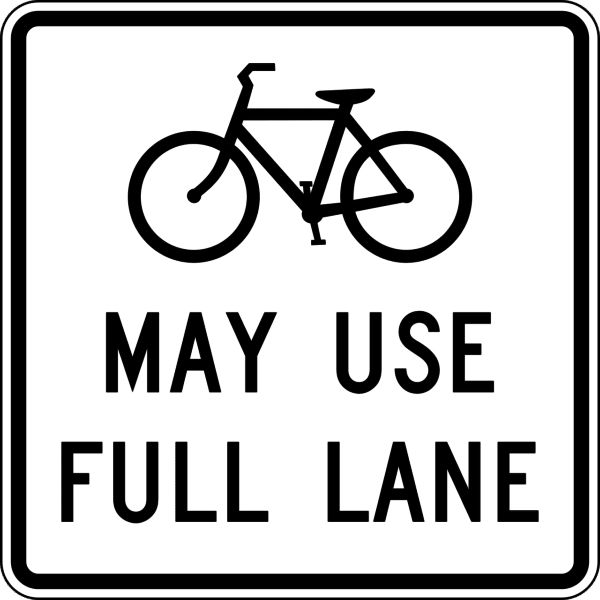
Delaware stopped adding new “Share the Road” signs in 2013 and they are being phased out in Oregon because they don’t work. A recent study affirming that the Share the Road Message does not work and Bicycles May Use the Full Lane signs increase safety. See Hess G, Peterson MN (2015) “Bicycles May Use Full Lane” Signage Communicates U.S. Roadway Rules and Increases Perception of Safety.
How to Share the Road for Drivers and Bicyclists
Given that Share the Road is part of the lexicon though, helping people understand how to do it safely is important. The best effort I have seen at teaching people HOW to share the road came from former pro cyclist Dave Zabriskie. He developed a program called Yield to Life and although it does not seem very active these days the basic concepts remain sound. The below steps are mostly from Yield to Life with some of our own adaptations.
10 Ways Bicyclist Can Share the Road with Motorists
- Practice Cycling Citizenship
The right to ride on the road comes with responsibilities. Motorists will be more willing to accept bicyclists’ rightful place on the road when bicyclists ride lawfully, respectfully and responsibly. Riding responsibly will ease tensions, and foster a more harmonious environment between motorists and cyclists. - Ride On The Right
It is illegal to ride towards oncoming traffic. Ride with traffic, staying as far to the right as is practical. Be sure to wait for a safe opportunity to change lanes and use proper hand signals. - Join In With Traffic
Joining other traffic is sometimes necessary because the road is simply too narrow for both a bike and a car. This is called “taking the lane” by many bicycling advocates. When you do join the traffic, make sure you never pass on the right. By waiting directly behind a vehicle, you can see a car’s signals; otherwise, you never know if the motorist is about to make a right turn and hit you. - Protect Your Head
Whether going to the corner store or heading out on a marathon ride, always wear a helmet. - Make sure to See Eye to Eye with Motorists
Make eye contract with drivers whenever possible, this ensures that the motorists see you. This “personal connection” also helps motorists remember you are a human being deserving of attention, protection, and respect. - Travel Straight and True
Ride consistently and predictably. At an intersection, do not veer into the crosswalk and then suddenly reappear on the road again. Don’t thread through parked cars. Riding erratically puts you at danger and scares drivers. - Be Sure to Always be on the Defense
Be aware of your surroundings. Know what is behind you and watch out for what is in front of you. Be on the lookout for road hazards; sand and gravel, glass, railroad tracks, and the like. Watch for parked cars where people may be opening doors on the driver side of the vehicle without looking. Make sure you have ample time to make any move, whether you are changing a lane or turning a corner. Do not expect to be granted the right of way in any instance. - Wear Visible Gear
Make your presence felt. Wear bright colored clothing. Black may be cool but its invisible at night. At night or in bad weather, use reflective lights–front, side and rear to make yourself visible. - Be Ready to Respond
Emergencies happen. Keep a hand on your handlebars. Know and use your hand signals whenever you are changing lanes or making a turn. - Brake Away
Make sure your brakes are always in top-notch condition. Be aware of how weather and road conditions can affect your ability to brake.
One last addition for Idaho and other states passing the Idaho Stop or Safety Stop law: STOP at red lights, YIELD at all stop signs. DON’T proceed unless its safe AND you have the right of way. (This is the Idaho stop law if you don’t have that law where you live you should stop at all stop signs.)
10 Ways Motorists Can Share the Road with Bicyclists
- Understand Bicyclists are Different but Equal
Bicyclists are drivers of vehicles and under the law entitled to use the road. Just like drivers though they need to follow the law. Don’t be surprised by bicyclists on the road. Expect them. Watch for them and treat bicycles like any other slow-moving vehicle. Plenty of tractors and other things slow us down all the time. Bikes are no different. - Be Patient and Don’t Create Patients
Patience remains a virtue. It saves lives. Patience includes things like Waiting until it is safe to pass; Giving bicyclists the right of way when the situation calls for it; Allow extra time for bicyclists to go through intersections don’t rush to make that turn; Recognizing road hazards that are safe for cars may be dangerous for cyclists—be sure and provide the rider enough space to deal with hazards. When there are hazards on the edge of the roadway don’t be surprised that cyclists are in the lane of traffic as it is perfectly legal. Don’t let some poorly behaved rider ruin your day. Understand that bicyclists are people too and most are responsible. Let the police handle the bad ones. - Pass Safely
Do not pass a bicyclist until you can do so without putting anyone at risk. Allow at least 3 feet between your vehicle and the bike more if possible. Make sure you do not place the bicyclist or an oncoming motorist in danger. - Be Careful When Making Right Turns
Do not speed ahead of a bicyclist thinking you can negotiate the turn before they reach your car. Bicyclists often are going faster than you think. As you slow to make a turn, the bicyclist may not be able to avoid crashing into the passenger side of your vehicle. Right turns into bicyclists (right hook collisions) can ruin everyone’s day and the bicyclist’s life. A bicyclist may well be to the right of you and planning to go straight at the same intersection. - Be Careful When Making Left Turns
Often it is even harder to remember to look for bicyclists when making a left-hand turn. Bicyclists crossing straight in the opposite direction are frequently approaching at a higher rate of speed than you think. Open eyes and awareness can prevent these “left-cross” wrecks. - Be Observant When Backing
When backing out of your driveway or an alley, or a parking stall always looks to see if someone is riding in your path. Children on small bikes can be hard to see. Bicycles, and the people who ride them come in all shapes and sizes. The key is to drive slowly and look repeatedly and with cyclists and pedestrians in mind. - Prevent “Dooring” Injuries Dangers
After parking, look before opening the car door to exit. One way to do this is to develop the habit of reaching across your body and opening your driver’s door with your right hand. This will cause you to look back before you open the door. It will help you make sure there are no cyclists riding alongside you or approaching. Bicyclist often can’t see a driver who is about to open a door. Drivers, on the other hand, can usually detect a bicyclist if they are looking. - Think of Bicyclists as Human Beings
One of the reasons there is a conflict between cyclist and motorists is the effect of othering. Forgetting that a cyclist is a person allows you to justify behavior that would embarrass you I other settings. Yes, bicyclists are a kind of traffic. But far more importantly they are also your neighbors–policemen, delivery drivers, construction workers, carpenters, doctors–people from all walks of life. And also, a bicyclist riding to work means there is one less car on the road. - Please, Please PLEASE Don’t Honk
Bicyclists do not find it helpful when motorist come up behind and honks. In fact, it often creates danger. The noise itself can cause a bicyclist to lose his or her bearings. They then lose control of the bike. If you must honk do it at a respectful distance and make it a respectful tap. - Try it, You May Like It
Get a bike. Ride it. Bikes have a way of changing lives. Riding is good for you and good for your environment.
There you have it. Some ideas on HOW to share the road. What ideas do you have? We would love to hear them and include them in our guide.
Photo Credit: Richard Masoner

Twice a masters criterium champion, Kurt Holzer was also the 2011 Idaho Trial Lawyer of the Year. He is the past President of the Idaho Trial Lawyers Association and currently serves as a Commissioner of the Idaho State Bar.
Kurt has represented dozens of Idaho cyclists for a variety of collision and product liability claims.



